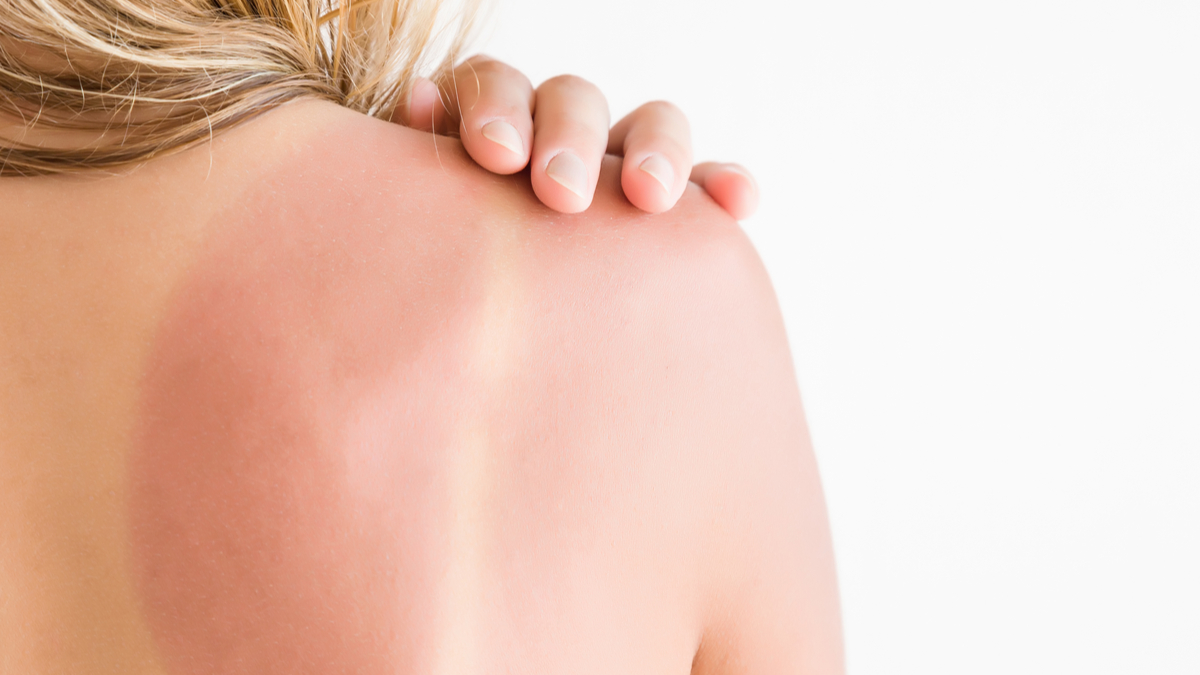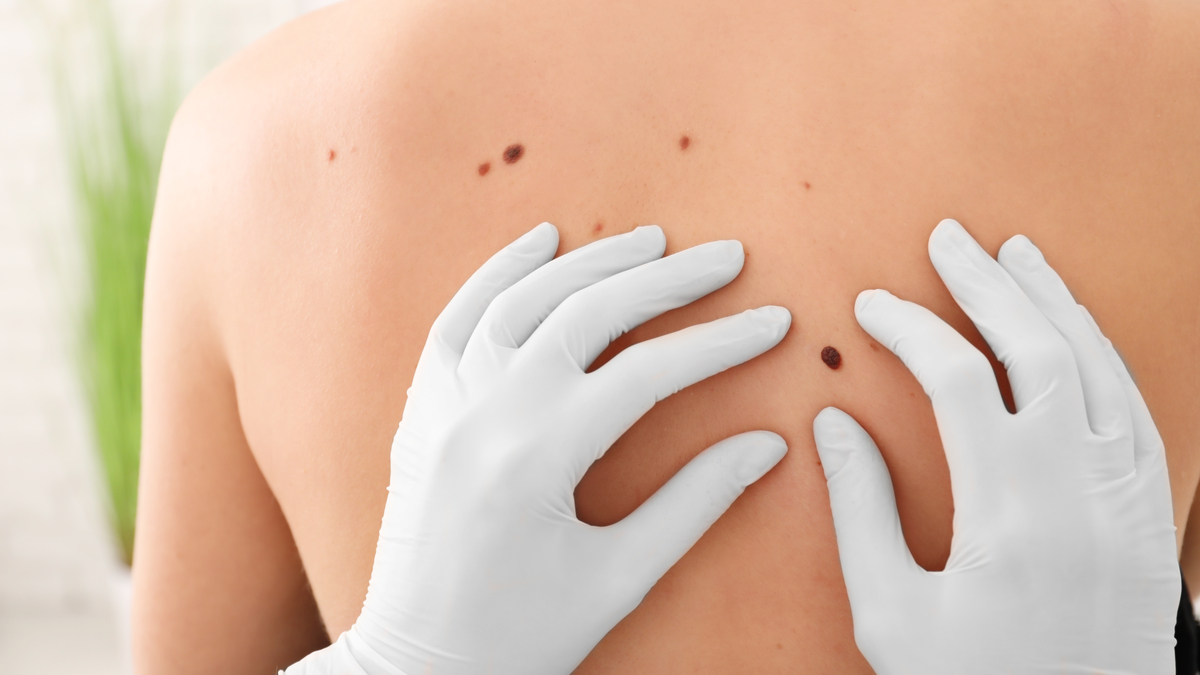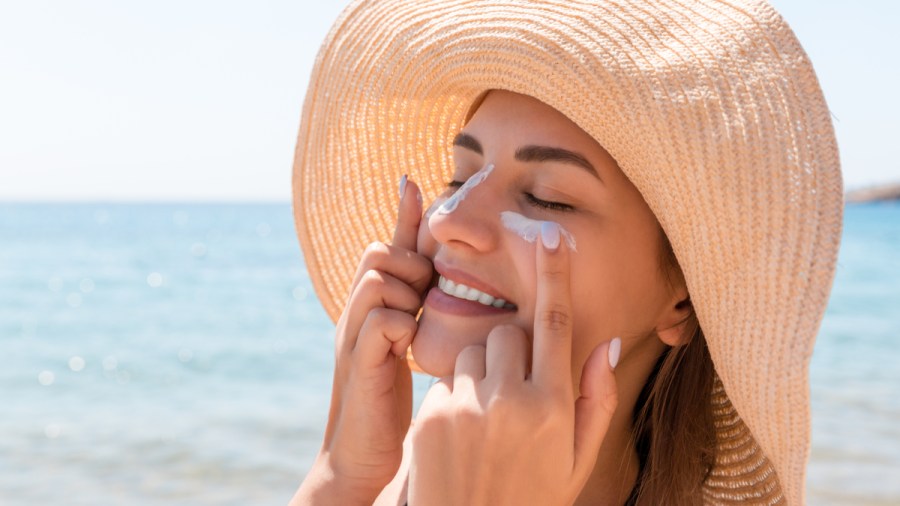Concerned about a suspicious mole, last year’s sunburn, or a family history of skin cancer? We speak to Jo Stoddart, a skin cancer specialist at Bupa UK, who shares her tips on checking moles, spotting melanoma signs, and protecting your skin from the sun…

What are the causes of skin cancer?
What are the signs of melanoma?

Mole checklist: When should I be worried about a mole?
- A – asymmetry – one half of the mole looks different to the other.
- B – border irregularity – the edges are uneven or jagged.
- C – colour variability – the mole is a mixture of different colours.
- D – diameter – the mole is bigger than 6mm across.
- E – evolution – the mole has changed in size, shape or colour.
6 sun safety tips to protect your skin from damage
- Apply at least two tablespoons of sun cream if you’re covering your whole body to give yourself full coverage.
- Cover up with suitable clothing if you’re spending an extended amount of time in the sun. Use a hat and UV protective sunglasses.
- Avoid the sun between 11am and 3pm when it’s most intense and can cause the most damage. Always wear sunscreen with a high factor.
- Go for sun cream with an SPF of at least 30 if you’re out in strong sunlight and a high UVA protection of at least 4 stars. Check your sunscreen isn’t past its expiry date. Throw it out as well if it’s open and older than two years.
- Never spend longer in the sun than you would if you weren’t wearing any sun lotion at all. Most people are surprised to hear this, as they think they can stay out for extended periods of time just because they’re wearing sunscreen.
- If you do get burnt, cool your skin with a cold shower. Moisturise the affected areas with aftersun or aloe vera. Drink plenty of water to rehydrate and limit the risk of sunstroke. It usually takes around seven days for sunburn to fully heal. To limit further damage, cover up the affected areas, avoiding direct contact with sunlight, which can further irritate skin, even through windows.

If you’re concerned, always seek advice from a medical professional.
What to do if you’re concerned: The Cancer Direct Access service is the UK’s most comprehensive self-referral service. It covers the most common cancers, including skin. If you experience a worrying symptom, you can be referred to a specialist immediately, without the need for a GP referral.







